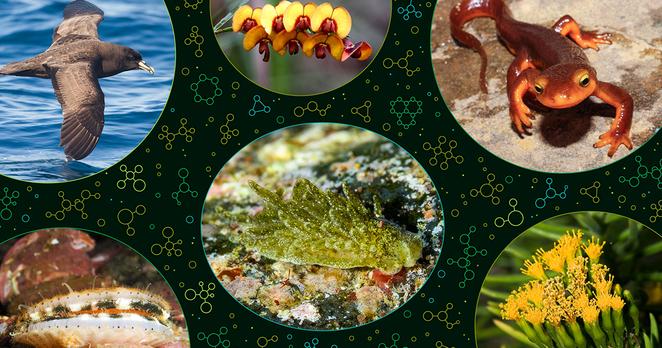Postdoctoral Researcher in Epigenetics at Brandeis University, Waltham, Mas
Brandeis University
Postdoctoral Researcher in Epigenetics at Brandeis University
See the full job description on jobRxiv: https://jobrxiv.org/job/brandeis-university-27778-postdoctoral-researcher-in-epigenetics-at-brandeis-university-waltham-mas/?feed_id=93790
#biochemistry #...
https://jobrxiv.org/job/brandeis-university-27778-postdoctoral-researcher-in-epigenetics-at-brandeis-university-waltham-mas/?feed_id=93790








